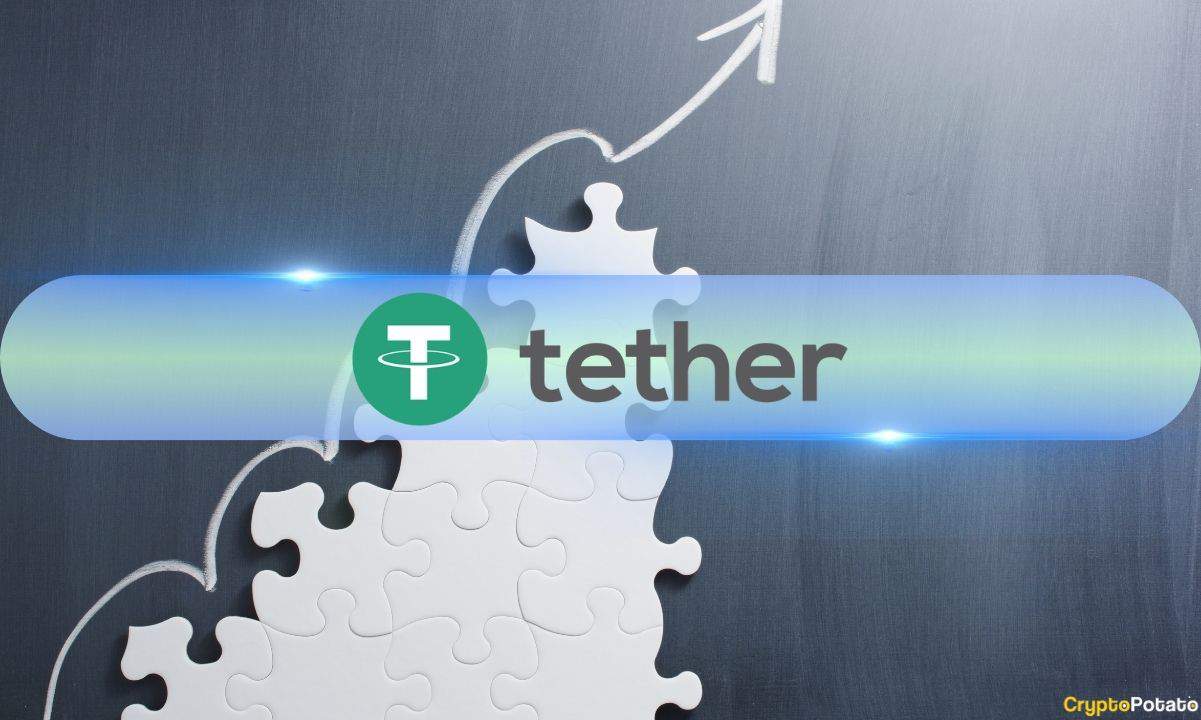Ethereum 2.0 Scaling Strategy Has *Basically* Succeeded According to Vitalik Buterin
Vitalik Buterin applauded the successful launch of various Layer 2 solutions on Ethereum, saying that “the initial deployment of Ethereum’s layer two scaling strategy has *basically* succeeded.” In a recent thread, he sheds light on some of the most recent developments and challenges ahead.
While everyone wasn’t looking, the initial deployment of ethereum’s layer 2 scaling strategy has *basically* succeeded. What’s left is refinement and deployment. A thread: https://t.co/30Dfr9XmFs
— vitalik.eth (@VitalikButerin) June 1, 2020
Layer 2 Technology Does Not Equal Mainstream Adoption
According to Buterin’s posts, the systems that are “near-ready today” are mostly limited to payments and decentralized exchanges (DEX). However, he explains that token transfers / DEX contribute to a large part of Ethereum’s current activity and Tether being one of the foremost gas guzzlers.
Buterin says that these applications could be a fit for implementation on rollups and plasmas but that this could also present adoption challenges for users.
For example, users will have to figure out how to store coins in a rollup or plasma and also will have to develop trust in Layer 2 operators not to steal funds.
Even if a Layer 2 operator disappears, Buterin asserts that users will want to know that they will be able to withdraw funds as soon as possible – possibly using ZK rollup technology. He suggests that every Layer 2 company do a test where the team shuts down all centralized components to verify that the ecosystem can still recover.
Ethereum 2.0 Delays
Vitalik’s tweets come amidst delays of the full launch of ETH 2.0. They do not discount the fact that many teams have been interacting with the Ethereum 2.0 Schlesi testnet.
So far, developer teams, including PegaSys, Nimbus, and others, have tweeted around their Ethereum 2.0 contributions. Prysmatic Labs has already launched its Ethereum 2.0 testnet through its Prysm client, which contains two components – the Beacon chain client and the Validator client responsible for producing new blocks and attestations in the beacon chain and shard chains. Etherscan has also already released an Ethereum 2.0 Beacon Chain Explorer.
It remains to be seen how this will affect the price of Ethereum, especially as 77% of ETH in externally owned accounts (EOAs) has not moved in the past six months, according to new data.
The post Ethereum 2.0 Scaling Strategy Has *Basically* Succeeded According to Vitalik Buterin appeared first on CryptoPotato.









